Beyond Impossible – The Truth Behind the Fake Meat Industry
By Dr. Joseph Mercola
A 2024 systematic review1 of the literature confirmed what multiple studies have shown – the higher your intake of ultra-processed food, the higher your risk of adverse health outcomes.
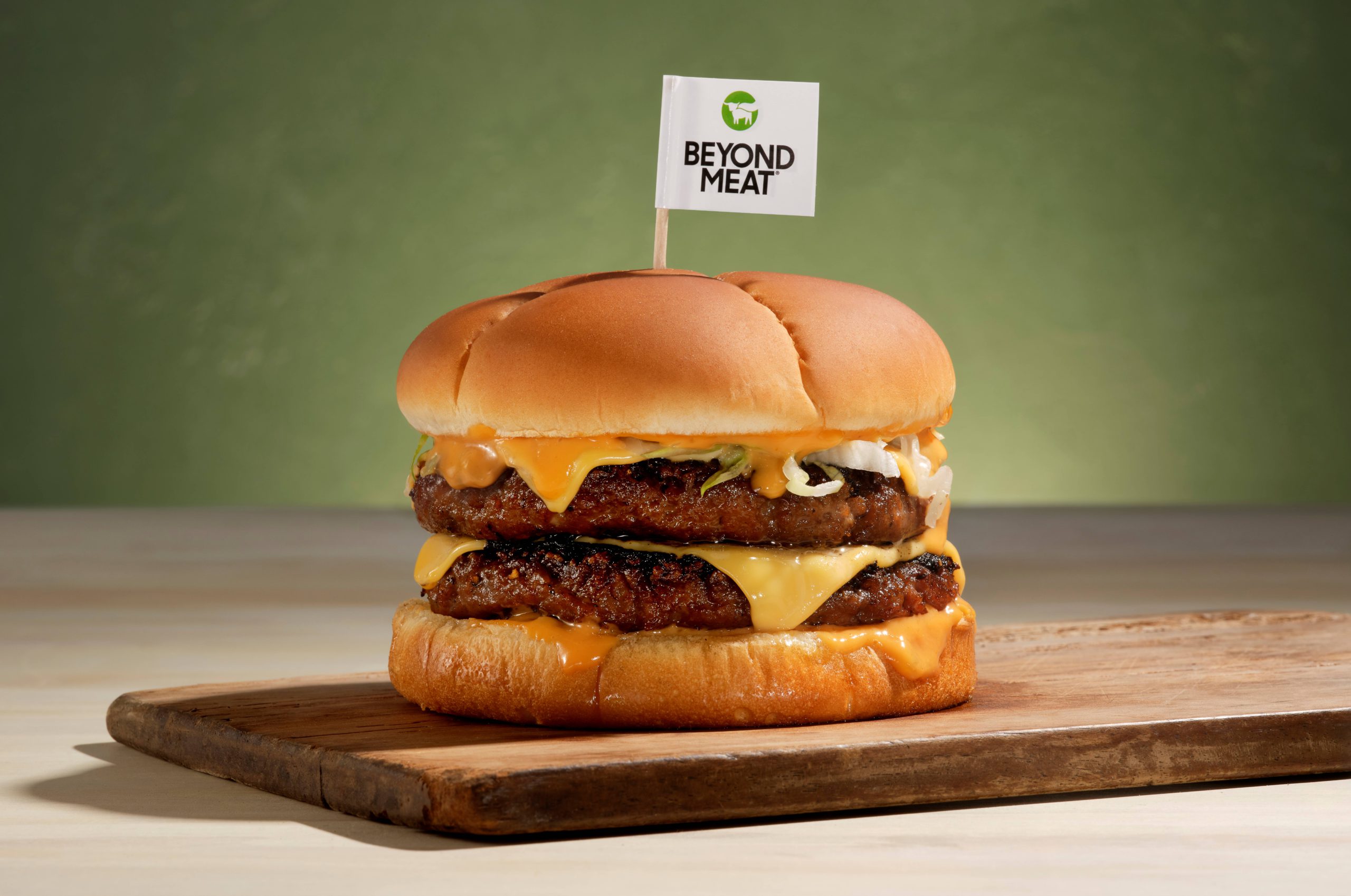
The analysis, which included 45 unique pooled analyses and 9,888,373 participants, found direct associations between 32 health parameters and exposure to ultra-processed food, including metabolic dysfunction, cancer, mental, respiratory, cardiovascular and gastrointestinal issues, as well as all-cause mortality.
Depression and anxiety disorders were also highly correlated with ultra-processed food consumption. Previous studies have also linked ultra-processed foods to cognitive decline2 and obesity.3
Considering the well-established effects of ultra-processed foods, it’s only a matter of time before the truth comes out about the health effects of lab-grown and cultured meats, which are the epitome of ultra-processed food.
The Truth About the Fake Meat Industry
The documentary Beyond Impossible – The Truth Behind the Fake Meat Industry by Gravitas Documentaries, exposes the corruption and lies of the fake meat industry. As noted in the film, the fake meat industry is an outgrowth of the vegan trend, which eschews any food derived from animals. However, perhaps there’s more to it than that. As noted by Gravitas:4
“What do Harvard University, internet vegans and the World Economic Forum [WEF] all have in common? A strong desire for the world to go vegan. But why? Is it an effort to stop global warming? Is it an earnest attempt at making everyone healthier? Is it a plea to end animal cruelty?”
The answers may surprise you. Beyond Impossible reveals an uncomfortable truth about a world where people’s good intentions are being taken advantage of by everyone from vegan doctors to global elites hellbent on instituting planetary policies that remove all personal choices from the kitchen and beyond.
Fake Meats Contain Novel Proteins and the Worst Fat Possible
As explained in the film, in order to get all the nutrients from a vegan diet, one could supplement with a high-quality vitamin B12, iron, calcium, vitamin D, omega-3 and extra protein supplements, at a bare minimum, to avoid some of the most common nutritional deficiencies.
Additionally, lab grown proteins aren’t equivalent to whole plant foods. As noted by Tortorich:
“Here’s the crazy part of all these fake meats. They’re not really made from vegetables. They’re made from monocultured crops. They’re made from starches, fake proteins and seed oils.”
“Plant-based” meat alternatives don’t contain the same amino acids, and they’re not easily digestible, so meeting your protein requirements for muscle maintenance and everything else could be a challenge.
Instead, fake meats contain novel proteins that no one fully understands yet. For example, the ingredient in Impossible Burger’s lab meat that makes it taste “good” is genetically engineered soy leghemoglobin, for which there are no long-term health studies. The process to make it also creates at least 45 other proteins as byproducts, which are also consumed and have never been evaluated.
Fake Meats Loaded With Bad Fats
Fake meats also typically contain the absolute worst type of fats possible, namely polyunsaturated fats (“PUFAs”) that are high in linoleic acid (“LA”), and/or monounsaturated fats (“MUFAs”) high in oleic acid.
For example, a serving of an Impossible Burger or Beyond Meat burger, have 10 to 20 times the amount of linoleic acid as compared to a common burger.5 So fake meat can only add to the catastrophic metabolic deterioration of your health caused by other processed and ultra-processed foods.
Lab meats will incorporate “healthier” oils like olive oil, but that still doesn’t solve the problem, as MUFAs are nearly as bad as seed oils. When consumed in excess, MUFAs like oleic acid will increase insulin resistance, promote fat storage, and decrease your metabolic rate.
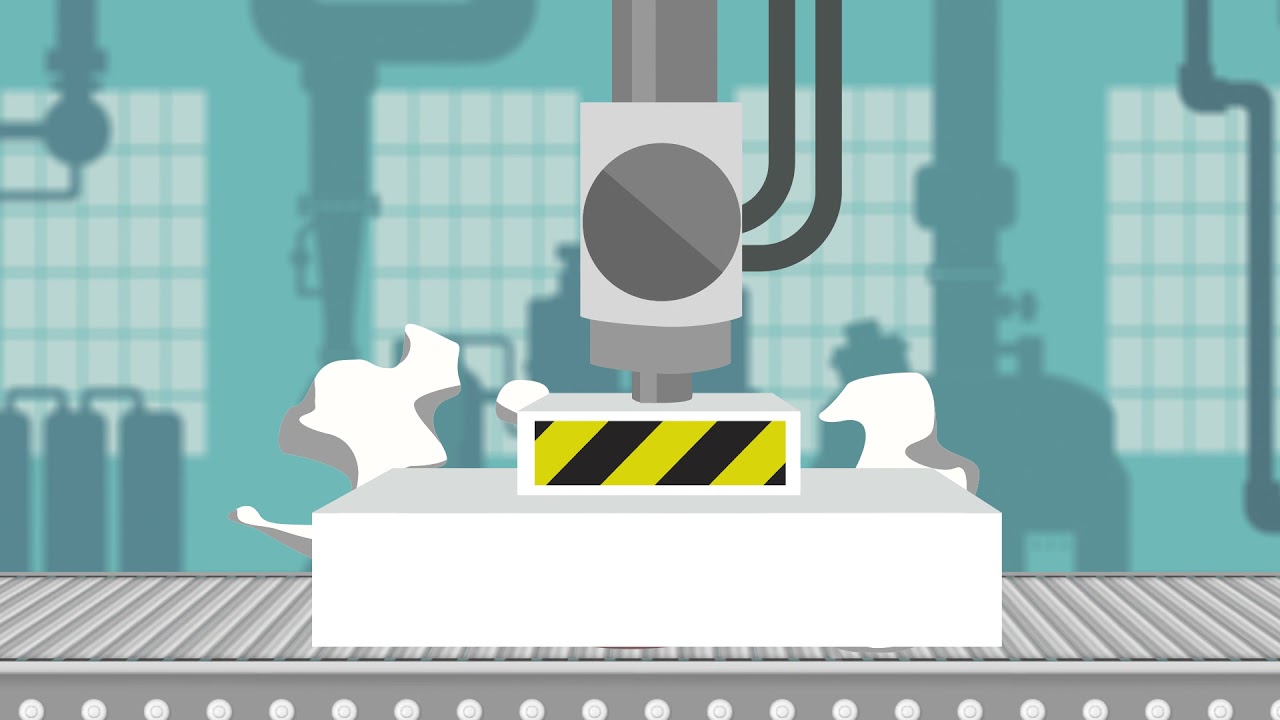
In-depth studies have used animal models to isolate the effects of oleic acid, aiming to control variables present in olive oil like polyphenols and saturated fats. Results indicated that pure oleic acid led to even greater insulin resistance in mice, highlighting concerns over its metabolic impacts when isolated from other components typically found in olive oil.
This points to the complexity of olive oil’s health impacts, suggesting that beneficial outcomes might be more attributable to its polyphenol content rather than the oil itself.
The discourse expanded with studies focusing on how MUFAs influence fat metabolism and storage, particularly through mechanisms involving the desaturase enzymes, which convert saturated fats into MUFAs. These enzymes, upregulated by dietary MUFAs, play a significant role in lipogenesis, the process of converting carbohydrates into fatty acids.
This biological pathway is crucial as it highlights how dietary fats influence lipid profiles and underscores the nuanced interplay between different types of dietary fats and metabolic health.
Side Note About High-Fat, Low-Carb Diets
On a side note, in the film, Tortorich presents the ideal diet as being one that is nearly devoid of carbs, sugars and grains. While I would have agreed with him on that as recently as a year or two ago, I’ve since come to understand that this is a serious mistake, as you absolutely need carbs for optimal metabolism, mitochondrial function, and energy production.
He doesn’t dwell on that in the film, so I won’t go into further detail on this here either. To his credit, Tortorich correctly stresses the benefits of saturated animal fats, such as butter and ghee, eggs and whole-fat dairy, and the importance of avoiding seed oils and processed foods.
Fake Meat Provides No Collagen
While not discussed in this documentary, one-third of your protein also needs to be collagen. Collagen is the most common and abundant of your body’s proteins, accounting for about 30% of the total protein in your body. One of its primary purposes is to provide structural scaffolding to allow tissues to stretch and flex while maintaining tissue integrity.
Collagen is found in your skin, connective tissues like tendons, ligaments, cartilage and fascia, your bones, organs, blood vessels, musculoskeletal system, hair and nails.
Collagen is also crucial for bone health and recovery from soft tissue injuries, and can help improve sleep, reduce joint pain, improve gut health, glucose tolerance and blood pressure, reduce cardiovascular damage, lower your risk of osteoporosis, and lower inflammation and oxidative damage.
The primary amino acids in collagen – glycine, proline and hydroxyproline – make up the matrix of connective tissue.
Sources of collagen include citrus fruits, berries, leafy greens, nuts and seeds, and natural vegan collagen supplements.
Dairy Fat May Be Essential
Another animal-based food that cannot be replicated by vegan alternatives is full-fat, raw dairy. According to recent research,6 the odd-chain saturated fats pentadecanoic acid (C15:0) and heptadecanoic acid (C17:0) found in whole-fat dairy are likely some of the most important fats in the human diet, and C15:0 may be essential, although it’s not currently recognised as such.
As noted in the 2020 scientific report, Efficacy of Dietary Odd-Chain Saturated Fatty Acid Pentadecanoic Acid Parallels Broad Associated Health Benefits in Humans: Could It Be Essential?:7
“Dietary odd-chain saturated fatty acids (OCFAs) are present in trace levels in dairy fat and some fish and plants. Higher circulating concentrations of OCFAs, pentadecanoic acid (C15:0) and heptadecanoic acid (C17:0), are associated with lower risks of cardiometabolic diseases, and higher dietary intake of OCFAs is associated with lower mortality.
Population-wide circulating OCFA levels, however, have been declining over recent years. Here, we show C15:0 as an active dietary fatty acid that attenuates inflammation, anaemia, dyslipidemia, and fibrosis in vivo, potentially by binding to key metabolic regulators and repairing mitochondrial function.”
This is the first demonstration of C15:0’s direct role in attenuating multiple co-morbidities using relevant physiological mechanisms at established circulating concentrations.
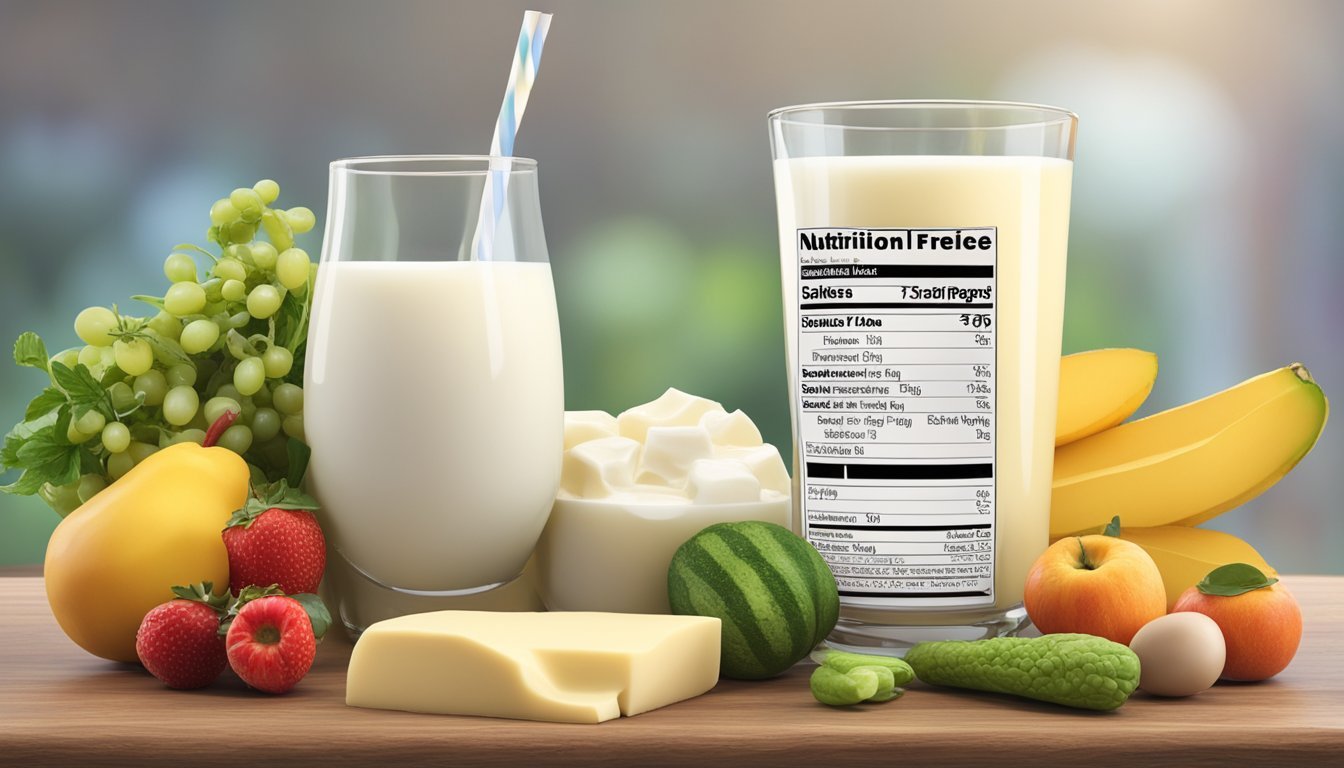
Pairing our findings with evidence that (1) C15:0 is not readily made endogenously, (2) lower C15:0 dietary intake and blood concentrations are associated with higher mortality and a poorer physiological state, and (3) C15:0 has demonstrated activities and efficacy that parallel associated health benefits in humans, we propose C15:0 as a potential essential fatty acid.
Meat Alternatives Will Likely Undermine Public Health
But getting back to the issue of fake meat, it’s important to realise that it’s the very definition of ultra-processed food. As noted by Michael Hansen, PhD, a senior staff scientist at Consumer Reports, meat alternatives are all just junk food and genetically modified organisms (“GMOs”) on steroids.8
Nothing good can come from transitioning away from real foods to manmade alternatives. As noted in the film, the complete nutritional profile of real food simply cannot be artificially replicated, and research9 has warned that removing real eggs and dairy from the human diet would result in significant harm to health. As reported by Nutrition Insight in mid-April 2023:
Fake Meat Industry Is Part of the Controlled Destruction of Our Food Supply
The fake meat industry is also a major part of the controlled destruction of our food supply. Animal farming is being regulated into oblivion in order to be replaced by insect farms (so-called micro livestock), gene-edited food, lab-grown meat and synthetic animal-free dairy products – all in the name of solving hunger, protecting the environment and reversing climate change.
For years, the WEF has promoted the idea that lab-grown animal foods and genetically engineered crops are the only way to feed the world and save the planet. Industrial agriculture uses 75% of available farmland yet produces just 30% of food consumed globally. This shocking statistic is part of the narrative for why we need a new and more sustainable food system.
What’s left out of the conversation, however, is that small biodiverse farms use just 25% of land yet provide 70% of our diet, so eliminating traditional farming is hardly the solution to global hunger.
What’s more, studies have repeatedly shown that regenerative and biodynamic farming practices effectively LOWER demand on valuable resources like water, don’t require synthetic fertilisers and produce greater yields than GMO monocultures. It also rebuilds rather than destroys soil, supports animal welfare and promotes biodiversity of plants and wildlife.
When animals are raised according to regenerative agriculture, a complete ecosystem is created, one that is both healing for the land and productive for the farmers who keep it. Industrial farming practices inflict the damage to the environment.
If the goal was to safeguard the environment, combat climate change and optimise food production and human nutrition, then transitioning to biodynamic farming methods would be the obvious solution. Instead, it’s made out to be the enemy of the planet and mankind.
Regenerative Farming Has a Negative Carbon Footprint
Impossible Foods directly attacked regenerative ranching in its 2019 Impact Report, claiming grass-fed cattle ranching generates higher amounts of greenhouse gas emissions than cows raised in concentrated animal feeding operations (“CAFOs”).
But according to a third-party lifecycle analysis (“LCA”) performed by the very same company that conducted Impossible Burger’s LCA, the carbon footprint from White Oak Pastures (a regenerative farm) is actually 111% lower than conventional CAFO, as the “system effectively captures soil carbon, offsetting a majority of the emissions related to beef production.”
Meanwhile, Impossible Foods’ soy-based fake meat is still a carbon emitter. Conventional soybeans (most of which are also GMOs) produce 2 kg of carbon emissions for each kg of food, and pea protein (which Beyond Burger uses for its meat substitute) produces 4 kg of carbon for every kg of food, which is more than in an eggs and dairy regenerative farm.
So, how can fake meat be considered more environmentally sound than regenerative farming? In addition to still being a carbon emitter, GMO soy does nothing to regenerate and build soils, nothing to protect our insect and wildlife population, nothing to increase plant diversity and nothing to improve human health of consumers.
On the contrary, corn and soy, both conventional and GMO, are rapidly eliminating grasslands and prairies across the US as they’re converted into mono-crop farm fields, and this may be one of the worst environmental impacts of all, as prairies help retain water and sequesters carbon in the soil.
Cell-Based Meat Substitutes Aren’t Environmentally Friendly Either
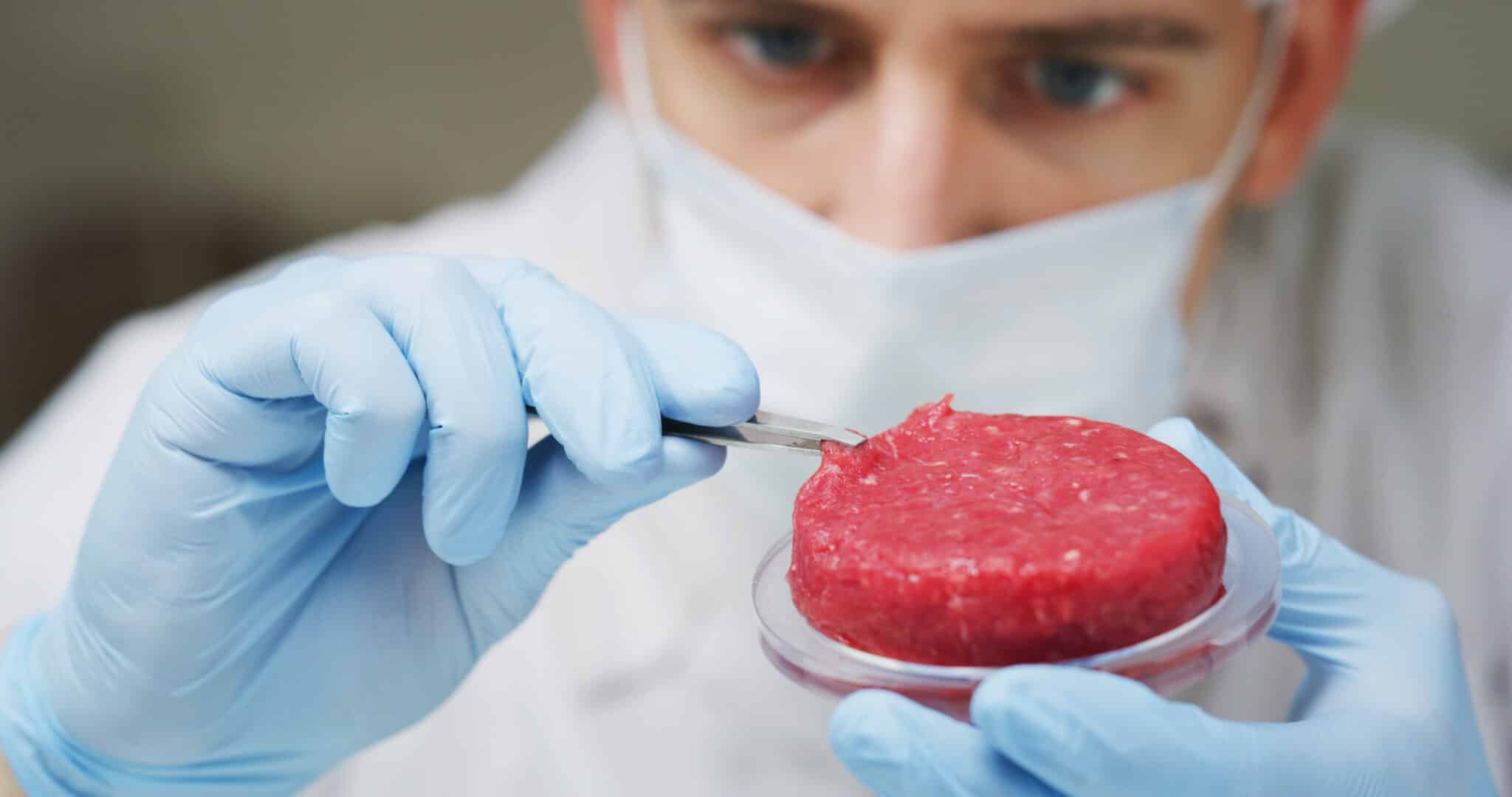
Cell-based meats also fail the test as far as protecting the environment is concerned. According to an Environmental Science and Technology study published in 2015, lab-grown meat where the meat is cultured from stem cells actually requires more energy than conventional agriculture. As explained in the study’s abstract:
“Cultured, or in vitro, meat consists of edible biomass grown from animal stem cells in a factory, or carnery. In the coming decades, in vitro biomass cultivation could enable the production of meat without the need to raise livestock.
Using an anticipatory life cycle analysis framework, the study described herein examines the environmental implications of this emerging technology and compares the results with published impacts of beef, pork, poultry, and another speculative analysis of cultured biomass.
While uncertainty ranges are large, the findings suggest that in vitro biomass cultivation could require smaller quantities of agricultural inputs and land than livestock; however, those benefits could come at the expense of more intensive energy use as biological functions such as digestion and nutrient circulation are replaced by industrial equivalents.
From this perspective, large-scale cultivation of in vitro meat and other bioengineered products could represent a new phase of industrialisation with inherently complex and challenging trade-offs.”
Culling Cows to Meet Climate Change Goals
As illustrated in the film, cows now stand accused of being one of the primary sources of methane emissions, another greenhouse gas said to drive climate change. So, to meet climate change goals, countries around the world are implementing new emission targets for farmers that will require drastic reductions in herd size.
Yet there’s ample evidence showing that properly raised and grazed livestock have a tremendously beneficial impact on ecological health and local climate. Erratic climate is in large part caused by desertification (when fertile land dries up and turns to desert), which is what current conventional agricultural practices encourage.
This situation can only be effectively reversed by dramatically increasing the number of grazing livestock. In essence, it’s not an excess of livestock that is causing the problem, but that we have far too few, and the livestock we do have, we’ve not managed properly.
The graphic below, which compares the carbon recycling of cows and fossil fuel emissions, is also instructive. The methane cows burp up eventually breaks down into carbon dioxide and water, both of which are taken up by plants. The carbon is then put back into the soil through the roots of the plants. This is the natural cycle, which benefits all life. Yet none of this ever makes it into the climate conversation.
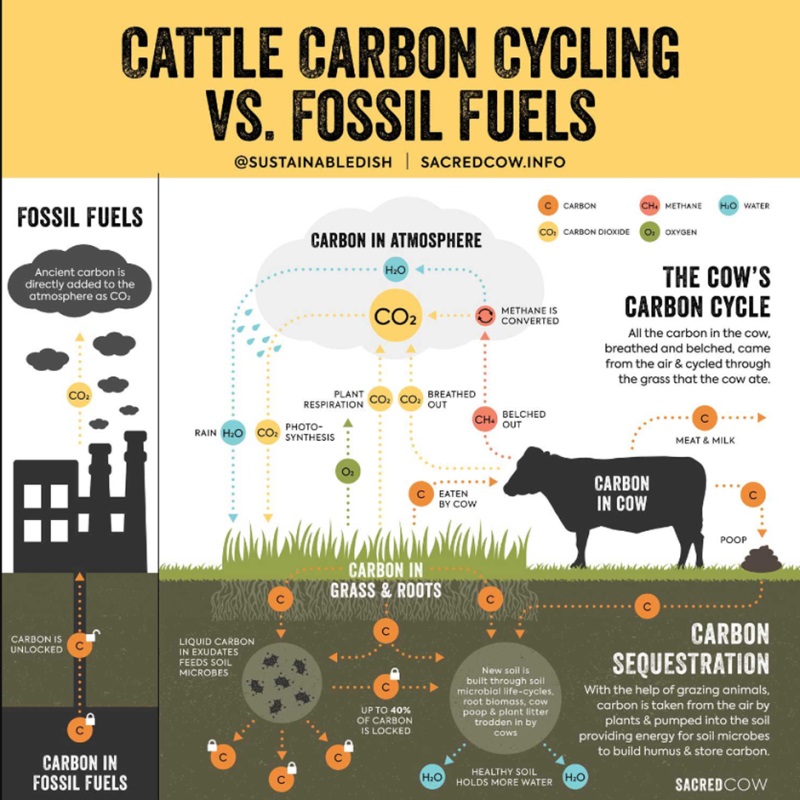
It’s All Part of a Plan
It’s easy to assume that decision-makers are simply inept, but that’s letting them off the hook. There’s a cohesive plan behind such seemingly ignorant decisions such as forcing farms to shut down by putting radical restrictions on nitrogen fertilisers or methane emissions from cow farts and paying farmers not to farm even in the face of looming food shortages.
They’re forcing farmers and ranchers out of business because they want them out of business. In their place, they can then introduce their fake meat and bugs solution, which will recreate the global control of the food supply that Monsanto and others achieved through patented GMO seed development.
Once grass fed dairy and eggs are eliminated and replaced with patented alternatives derived from yeast, bacteria, fungi or insects, private companies will effectively control the food supply in its entirety, and those who own the patents will control the people. Ultra-processed food already makes up 58% of the average American’s diet, so the globalists have every reason to believe they can get it to 100%.
Synthetic Food Will Never Be Healthier Than the Real One
There are several key take-homes from all of this. First, synthetic food will never be healthier than the real food it’s trying to imitate.
Second, the fanatic push for fake meat has strong geopolitical underpinnings rooted in population control and the implementation of a one world government. The technocratic globalists funding the fake meat industry for their own gain are simply piggybacking on the vegan ideology.
Ultimately, if you want to be healthy, you need to eat real food. You cannot correct the health problems caused by ultra-processed food with even more ultra-processed food, which is what all meat alternatives are. And, if we want to be free, and if we want food safety and food security, we need to focus our efforts on building a decentralised system that connects communities with farmers who grow real food in sustainable ways and distribute that food locally.
Sources and References
1. The BMJ, 2024; 384:e077310
2. Alzheimer’s Association, August 3, 2022
3. Cell Metabolism 2023;35(4), Summary
4. YouTube Gravitas Documentaries, Beyond Impossible
5. Bohrer, GM. Food Science and Human Wellness Volume 8, Issue 4, December 2019, Pages 320-329
6, 7. Scientific Reports 2020; 10: 8161
8. Organic Insider June 8, 2022
9. Animal Frontiers April 15, 2023
yogaesoteric
May 10, 2024
